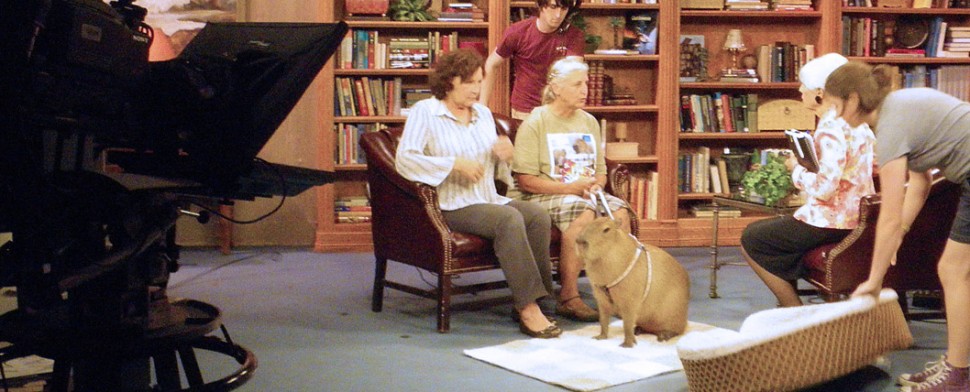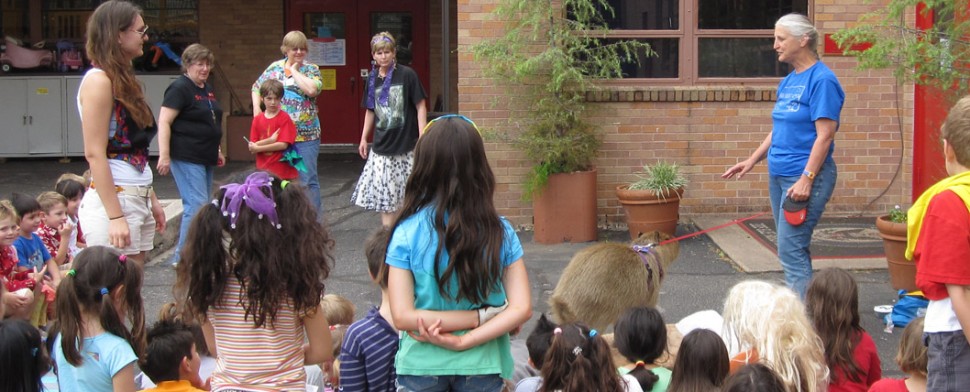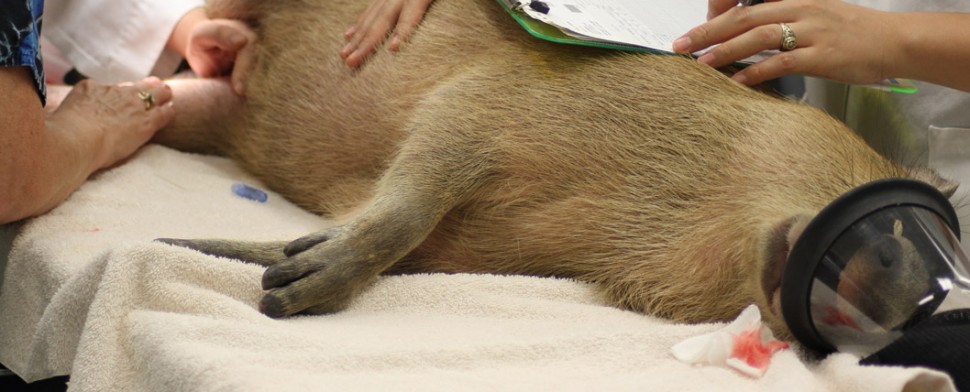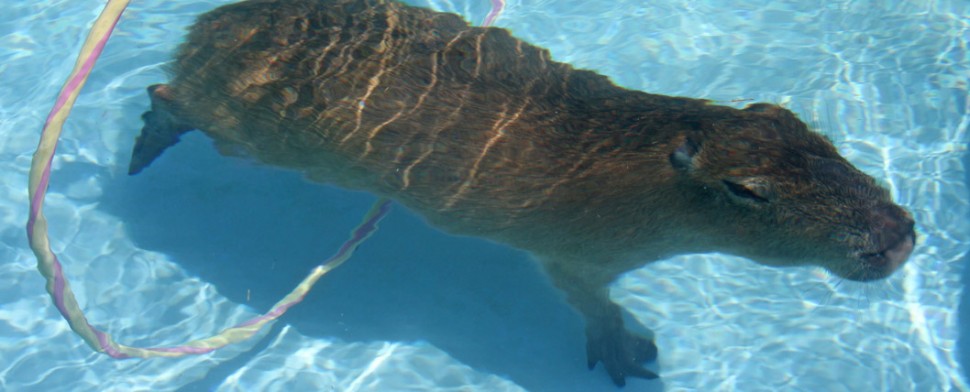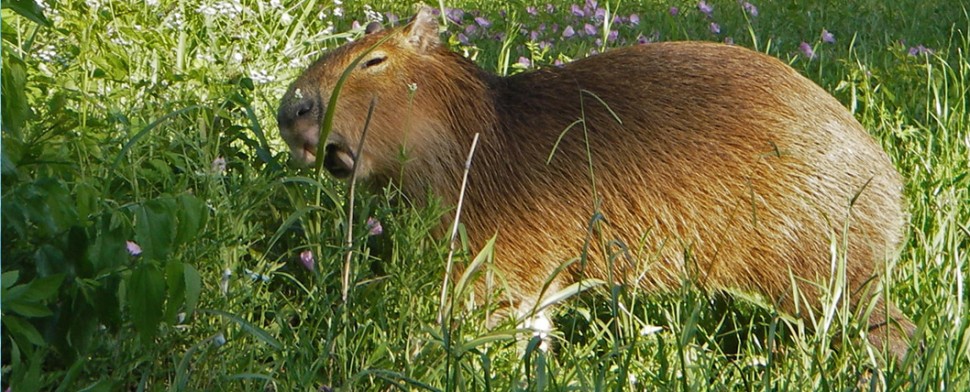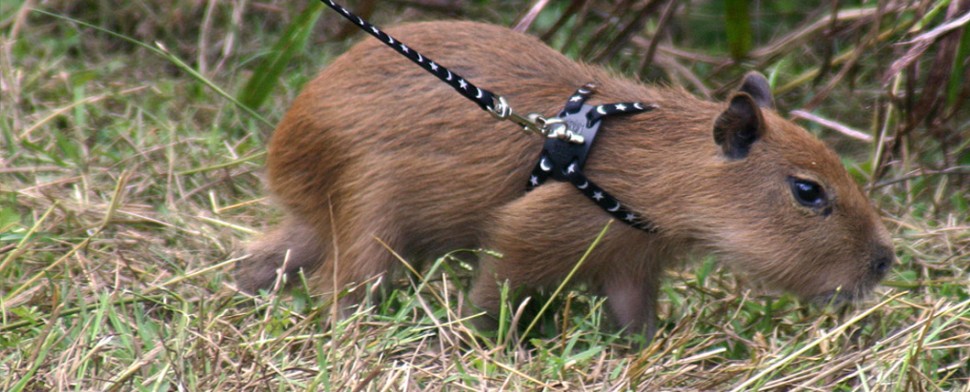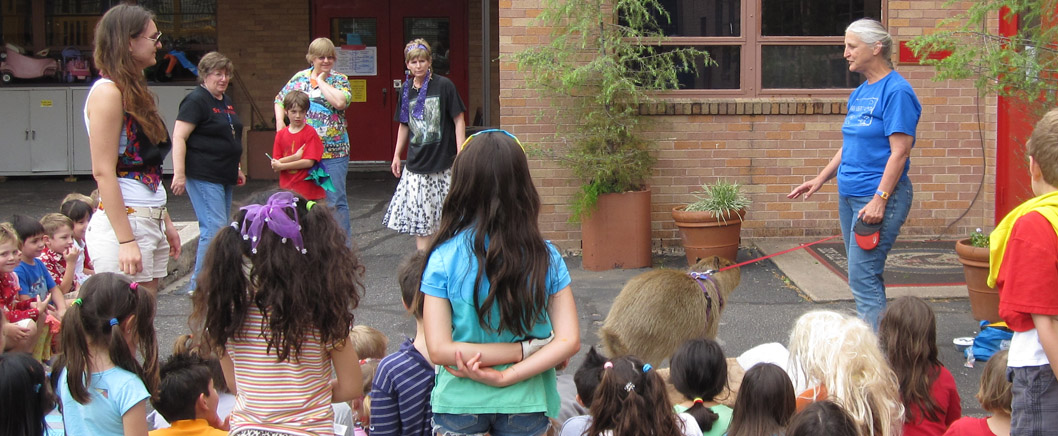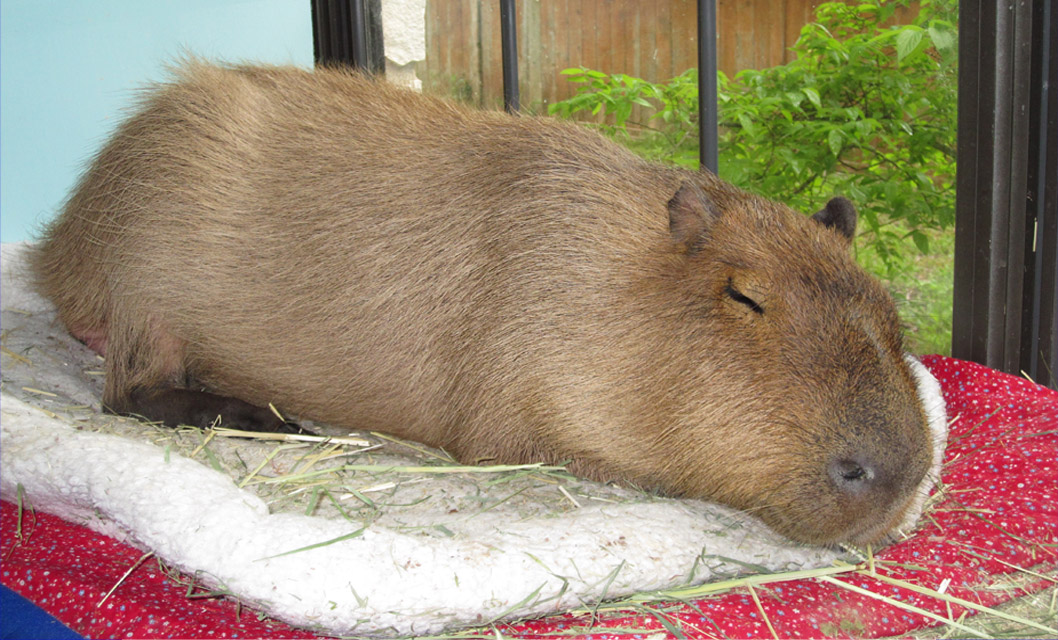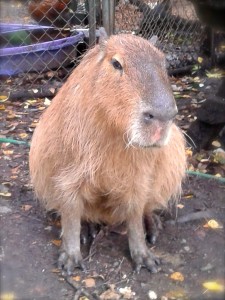When your capybara gets sick, you take it to the veterinarian, right? One of the next things that we all seem to do is contact Melanie or Stacy, or post on the Capybara Owner’s Facebook page. Veterinarians are great, but collectively, as a growing group of capybara owners, we have a lot of experience that is specific to capybaras. The ROUS Foundation is working with the Texas A&M Veterinary School to collect that information. The depressing fact is that the most important way for us to collect data is through necropsies. So, let’s change the subject.
We have been collecting data on individual pet capybaras for several years. The information is confidential, so don’t get too excited, but we have been tracking 146 individual capybaras, to date. We try to get birth dates, breeders, locations, owner’s names and contact information, date and cause of death. Right now we are tracking 87 live capybaras right here in the US, and 96 world-wide. We know of 33 owners of private pets, and another 13 who have petting zoos or are breeders. Most of you are aware that we are also collecting weight data, and over 30 capybaras are participating in that study.
Did you notice that casual reference to cause of death? I’ve been thinking about that because my ground is frozen, snow is falling and Dobby keeps exiting his warm kitchen to walk around out there. We know of 6 capybaras who have died of frostbite, usually due to foot infections. So I keep going out there to bring him back in. He is having some bone density issues, and slipping could be dangerous, too. Like two-year-old humans, capybaras seem to have a death wish, and sometimes simply keeping them alive is a challenge. I’m not having much success with changing the subject.
We have seen 1 death due to liver failure, 2 due to old age (one was 18 years!), 1 from a Vitamin C deficiency, 2 from pneumonia, 1 was unable to throw off the anesthesia after dental work, 1 infected jawbone, 2 were runts, 1 possible stroke, 1 from complications due to dwarfism, 2 from diarrhea, 2 from gastroenteritis, 1 due to colic or possible liver failure, and 1 from cancer. In addition to these medical issues we have recorded 1 accidental death, 2 deaths due to exposure, and 2 deaths of young capybaras due to ingestion of toxic plants (azalea and pokeweed).
Unfortunately, few of these animals were sent to Texas A&M for necropsy. It’s unfortunate, because when someone contacts us because their animal has a problem, we have very little information to go on. It’s disheartening to have to say yes, we’ve seen them die of that problem, but we don’t know anything more about it.
Therefore, we will remind everyone, once again, that the ROUS Foundation will pay for necropsy shipping, including the preparation by your veterinarian for the shipping. We would prefer that your veterinarian take care of shipping prep, because they are aware of the procedure. Also, we would prefer to have Texas A&M perform the actual necropsy (not your own veterinarian) because the centralized accumulation of information improves the accuracy of our data. We are happy to share any information that we have (though we do respect confidentiality) with all of your veterinarians. The more information we collect, the more useful it is to the group as a whole.
We know that this is not what you want to hear within hours of your capybara’s demise, so that is why we are saying it now. In fact, it is within hours of your capybara’s death that you need to initiate the shipping. The ROUS Foundation will reimburse you for these costs. If you are hesitant, please call Melanie or Stacy (day or night) directly so that we can help you. After the death of a cherished pet, the last thing you want to think about is shipping, but learning the results of your pet’s necropsy can be comforting, in its own way. It may also save the life of another capybara, and that is our goal here.
Melanie Typaldos (512) 751-6667
Stacy Winnick (206) 227-4058

